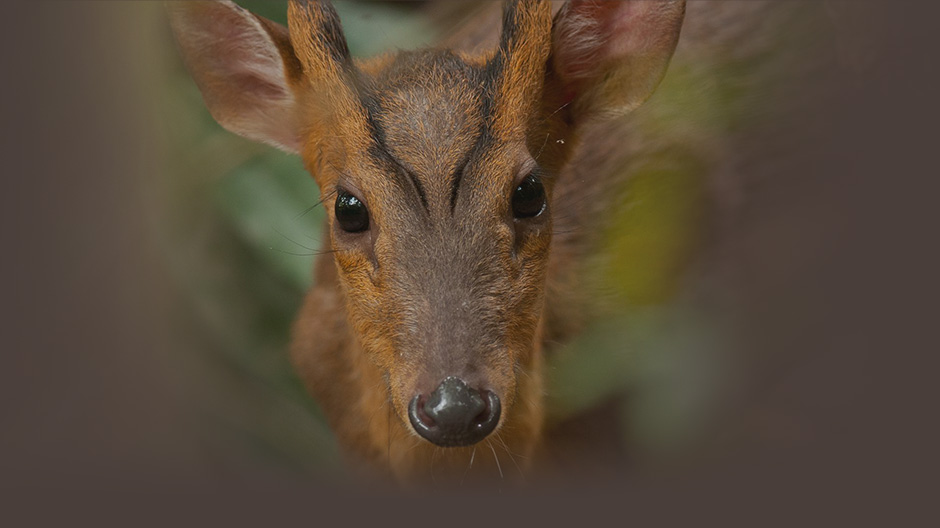為保護世界上因棲地破壞和過度捕撈而面臨生存危機的鋸鰩,世界自然保育聯盟(IUCN)鯊魚專案小組5日提出預防鋸鰩滅絕、推廣復育的全球性策略。
鋸鰩5種全為瀕危以上等級 用作魚翅、展示、藥用
鋸鰩是一種棲息於溫暖水域、長相類似鯊魚的魟魚,有長型鋸齒狀的吻部,也是體型最大的一種魟魚,體長可超過7公尺。鋸鰩過去曾在90多個熱帶和亞熱帶國家的沿海和河流水域出沒,總共5個鋸鰩物種全數被IUCN的紅皮書列為瀕危或極度瀕危。
針對性捕撈和誤捕是鋸鰩的主要生存威脅。牠們用來偵測和攻擊獵物的吻部很容易被魚網纏住,尤其是拖網和刺網。紅樹林等鋸鰩主要棲地被破壞,也不利於鋸鰩生存。
墨西哥、巴西、肯亞、伊朗、印度和中國等地視鋸鰩的吻部為收藏品或是傳統藥材。其吻部的鋸齒在拉美和加勒比海地區常被當做鬥雞腳上綁的刺。部分地區食用鋸鰩;在亞洲,鋸鰩的鰭是魚翅中的上品。鋸鰩也常是水族館中受歡迎的展品。
誤捕後存活率高 鋸鰩復育不難 但仍須努力
IUCN在德班的鯊魚國際會議上啟動保育策略。同時,幾內亞和幾內亞比索也提議在11月將鋸鰩列入遷移物種公約,以加強保護。
「雖然鋸鰩在許多地區都瀕臨滅絕,但其實有些簡單的方法可幫助復育。舉例來說,我們知道只要妥善的處理,鋸鰩可以在被誤捕後順利存活下來,因此我們保育策略的重心將放在商業型、生計型和娛樂型捕撈者的基礎教育上。」IUCN鯊魚小專案共同主席、昆士蘭詹姆士庫克大學環境科學教授Colin Simpfendorfer博士說。
目前國際上已經有鋸鰩商業貿易禁令,為了補足此禁令,新保育策略呼籲各國和各地區制定禁止捕殺鋸鰩相關規定、減少誤捕、保護鋸鰩棲地並確保有效執法。
Simpfendorfer主持的美國佛羅里達小齒鋸鰩復育計畫,已經獲得初步的成果。
A global strategy to prevent extinction and promote recovery of sawfishes, devastated worldwide by overfishing and habitat loss, was introduced today by the Shark Specialist Group of the International Union for Conservation of Nature, IUCN.
Sawfishes – warm water, shark-like rays characterized by long, toothed snouts, or rostra – are the largest of the rays, reaching over seven meters in length.
Once found in the coastal waters and rivers of more than 90 tropical and subtropical countries, all five species are today classified as Endangered or Critically Endangered on the IUCN Red List.
The strategy is being launched at the Sharks International conference in Durban and coincides with announcements that two West Africa countries – Guinea and Guinea Bissau – are proposing the listing of sawfishes under the Convention on Migratory Species in November, an action that could boost protections.
Mortality from targeted and incidental fishing is the main threat to sawfish. Their rostra, which they use to detect and wound prey, are easily entangled in many types of fishing gear, particularly trawls and gillnets.
The destruction of key habitats, such as mangroves, also poses a threat to sawfish survival.
“Although these species are perilously close to extinction in many regions, there are some fairly simple ways to help populations recover. For example, we know that sawfish can actually survive capture quite well if handled properly, and hence, basic education of commercial, subsistence, and recreational fishers is central to our conservation strategy,” said Dr. Colin Simpfendorfer, IUCN SSG Co-Chair, Professor of Environmental Science at James Cook University in Queensland.
Dr. Simpfendorfer led the development of the U.S. recovery plan that has improved the status of smalltooth sawfish in Florida.
To complement an existing ban on commercial international sawfish trade, the new strategy calls for national and regional actions to prohibit intentional killing of sawfish, minimize mortality of accidental catches, protect sawfish habitats, and ensure effective enforcement of such safeguards.
Sawfish rostra are universally valued as curios and have been used in traditional medicine in many countries including Mexico, Brazil, Kenya, Iran, India, and China. The rostral teeth are prized as cockfighting spurs in Latin America and the Caribbean. Sawfish meat is consumed in some places; sawfish fins are exceptionally valuable for shark fin soup in Asia. The species also serve as popular aquarium attractions.
 網站捷徑
網站捷徑




